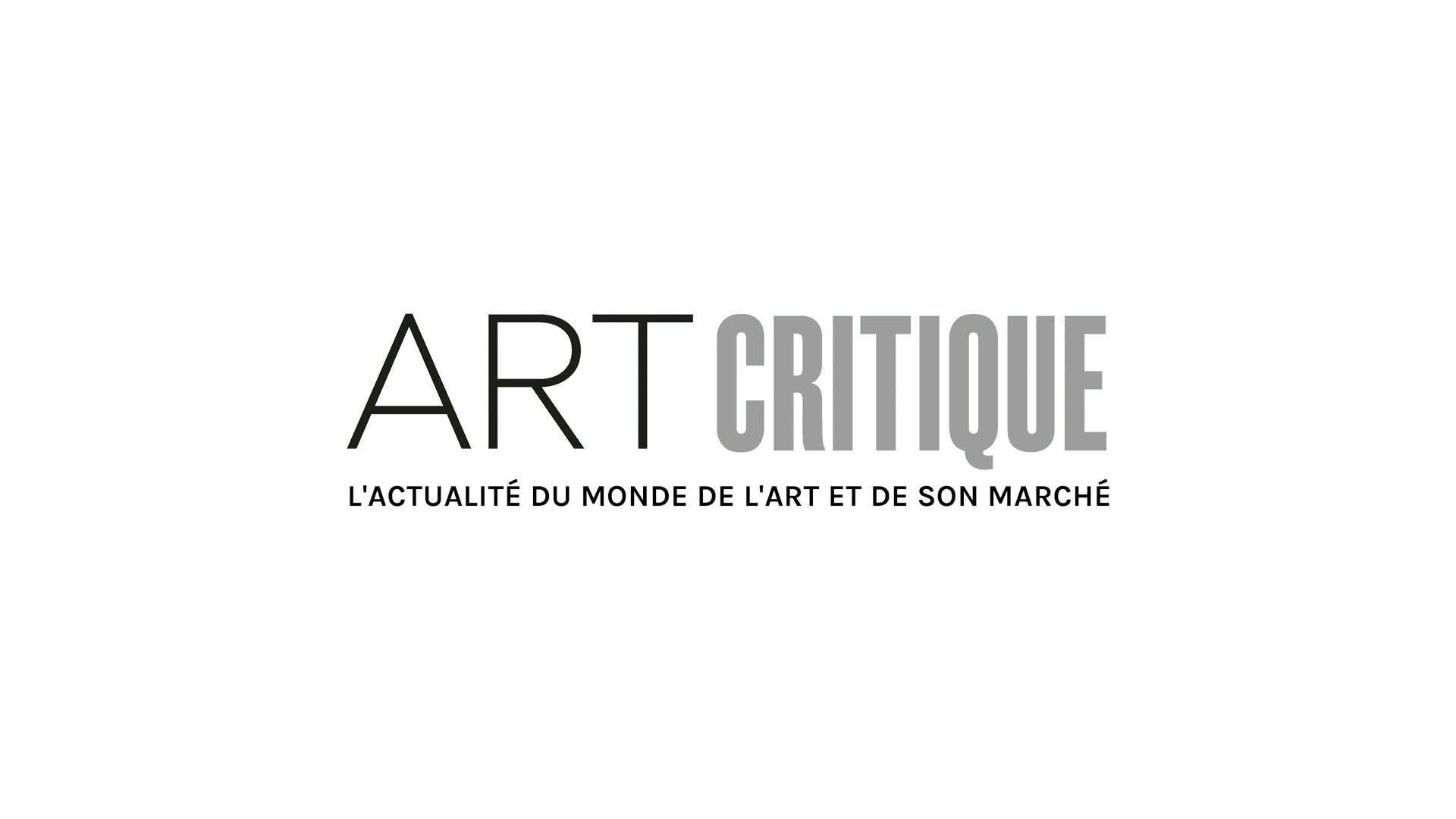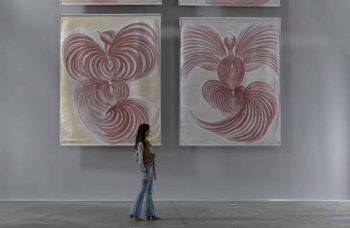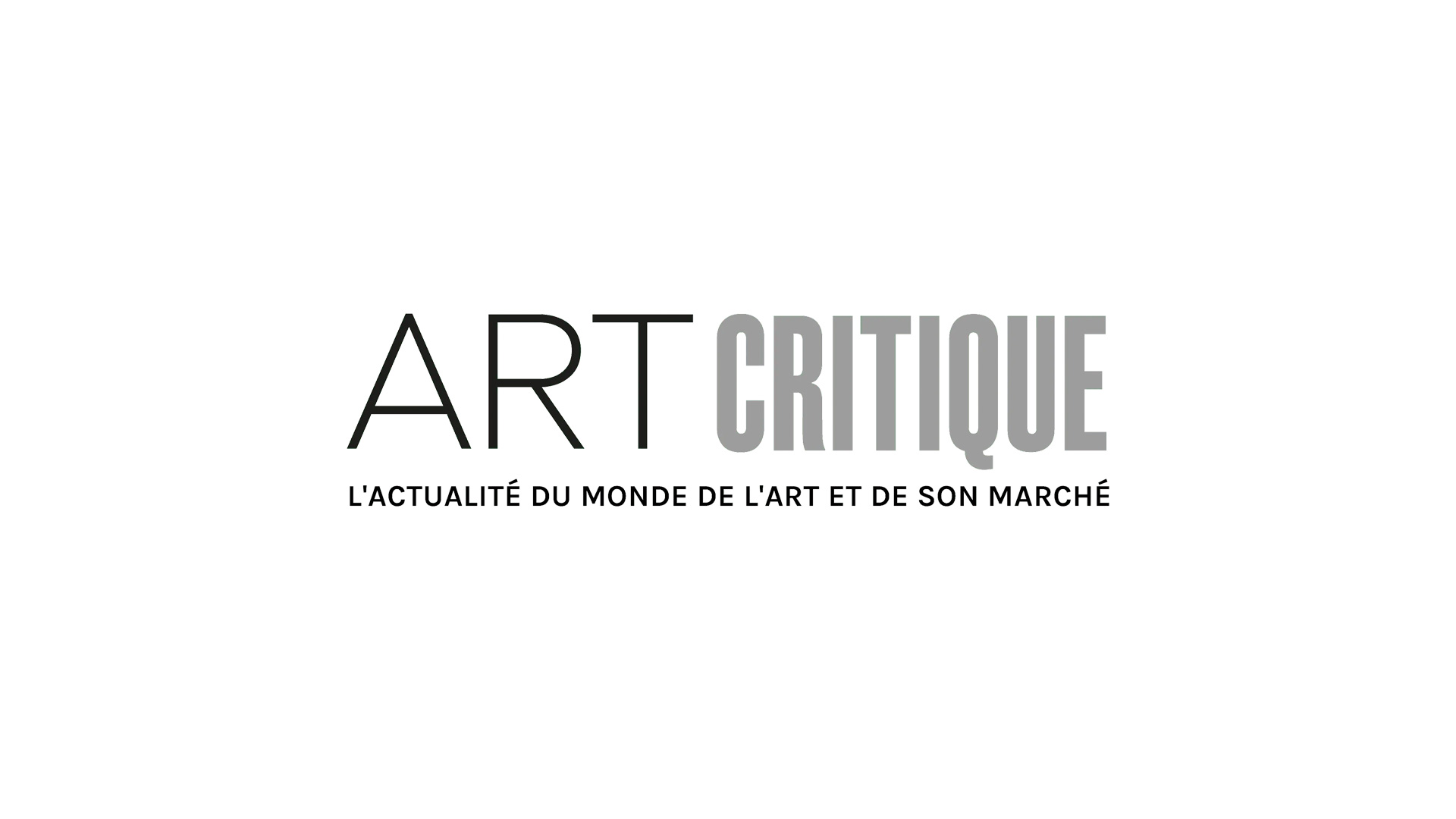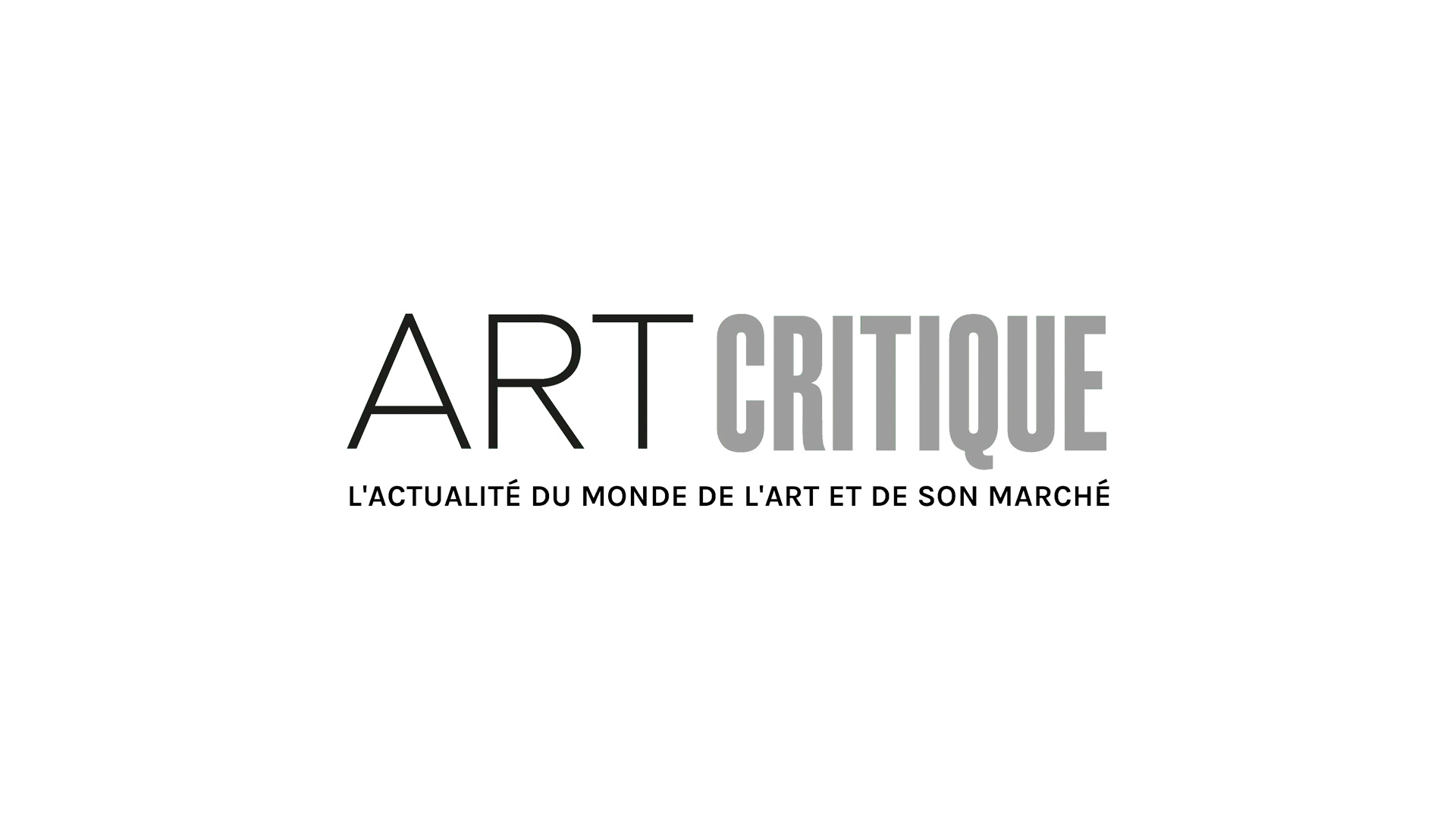This week’s Art World Roundup takes a look at a new discover among the Nazca Lines, the Ernst von Siemens Art Foundation pledges €100,000 to restore artworks in Berlin, the Museo del Prado gets an attribution awkwardly wrong, a final victory for 5Pointz, and a new Banksy for Nottingham.
Researchers discover new Nazca Lines drawing
In preparations for a new footpath, researchers discovered another geoglyph in the Nazca Desert, located in Peru, that are part of the Nazca Lines. Over the last week, the figure was cleaned by conservationists revealing a 120-foot cat-like animal with pointed ears and striped tail. The feline earth drawing, created by making depressions into the desert floor, exposing coloured earth, is now among the oldest of the drawings dating back to between 200 BC and 100 BC. “The figure was barely visible and was about to disappear due to its location on a fairly steep slope and the effects of natural erosion,” reported Peru’s cultural ministry. Other line drawings located along the 800-mile stretch of desert include a hummingbird, spider, monkey, fish, whale, and humanoid figures. The drawings were first discovered in 1927 by Peruvian archaeologist Toribio Mejia Xesspe and in 1994, the site was declared a UNESCO World Heritage Site. The drawings are thought to have been part of religious or ritual practices, but the true purpose of the earth works is still unknown.
€100,000 to aid in restoration of attacked artworks in Berlin
The Ernst von Siemens Art Foundation has pledged €100,000 to help in restore artworks attacked by vandals in three German museums. The attacks were carried out on October 3rd during operational hours at the Pergamon Museum, the Alte Nationalgalerie, and the Neues Museum located on Museum Island in Berlin. Around 70 artworks were targeted, some of which were on loan, by the vandals and sprayed with an oily substance while museum staff were not present. The attacks were kept under wraps to aid in the investigation and were first reported to the public earlier this week. The Ernst von Siemens Art Foundation seeks to support museum acquisitions and described the attack as a “great horror.” A spokesperson for the Berlin State Museums told Artnet News that they were “very pleased about the fast and unbureaucratic support.” Speculations have already begun in the press but the culprits and their motives remain unknown. The attacks have raised concern for the security at German institutions, which have been the targets of a number of vandalisms and heists in recent years.
Prado attribution proven wrong by art historian
After art historian Concha Díaz Pascual provided the Museo del Prado with proof that an artwork included in an exhibition dedicated to 19th-century women of the Spanish art world was in fact made by men, the museum removed the paintings from the show. The exhibition, titled “Uninvited Guests: Episodes on Women, Ideology and the Visual Arts in Spain (1833-1931),” opened on October 6th and will run through March of next year. Included in “Uninvited Guests” was an artwork initially attributed by the museum to Concepción Mejía de Salvador. However, thanks to Díaz Pascual’s research, the painting’s true author was found. The painting in question was actually an 1895 painting by Adolfo Sánchez Megías tilted La March del Soldado, which the Prado acquired in 2016. The Prado issued a statement saying that it “regrets the setback” and said there is a need “to continue research on women artists from past centuries.” Director of the museum, Miguel Falomir added: “I think that one of the most interesting aspects of this exhibition lies precisely in the fact that it is directed towards official art of the time rather than the periphery. Some of these works may be surprising to our modern sensibility but not for their eccentricity or doom-laden aura, rather for being an expression of an already outmoded time and society.” The exhibition, though, has received criticism from feminist art historians claiming that “Uninvited Guests” remains male-focused. “It’s meant to be the first time that the Prado has considered the question of female artists in the 19th century, but it’s also been done from a misogynistic point of view and still projects the misogyny of that century,” Rocío de la Villa, art historian and critic, told the Guardian.

End of the legal road for 5Pointz
The United States Supreme Court declined to hear a case concerning 5Pointz, once known as the mecca of street art. G&M, a Queens real-estate developer, requested the Supreme Court take on the case as the final appeal option for a February 2018 ruling, which found G&M to have violated the artists’ rights under the Visual Artists Rights Act (VARA). The 2018 ruling, handed down by Brooklyn Supreme Court Judge Frederic Block was a major win for the artists whose works were destroyed when 5Pointz was whitewashed without warning in 2013, but it was also a major win for VARA. In Block’s 100-page ruling, he upheld the “moral rights” of artists protected under VARA and also ruled that G&M would pay out the maximum compensation of $150,000 per artist ($6.75/£5.29 million total). Block’s ruling was upheld in a court of appeals in February of this year before it was kicked up to the Supreme Court. With the Supreme Court having declined the case, no explanation was given nor is it mandatory that the court offer one, there are no other appeal options for G&M. 5Pointz was bought by Gerald Wolkoff in the mid-1990s. Wolkoff, who owned G&M until his death earlier this year, originally allowed artists to adorn the sides of the dilapidated factory under the stewardship of Jonathan Cohen, also known as Meres One. In 2013, Wolkoff had the building whitewashed, destroying more than 40 artworks, in preparation for converting the building into condos.
Banksy appears in Nottingham and on Antiques Roadshow
Banksy laid claim to a new artwork that popped up outside of a salon in Nottingham over the weekend. The latest work by the mysterious artist, who has had a very busy year, depicts a young girl hula-hooping with a bike tyre in the artist’s go-to monochromatic stencil style. Next to the artwork is a locked-up bicycle missing its rear tyre, presumably picked up by the girl as a makeshift toy. Unlike a number of the works Banksy has produced this year, which have focused on the pandemic, issues of immigration, and other heavy topics, the artwork is light-hearted. In today’s general climate, the artwork gives off a sense of sweetness. Professor at Arts University Bournemouth and Banksy expert Paul Gough weighed in telling the BBC: “This is much more whimsical and much more of the moment. It is someone enjoying themselves. Perhaps that is the message: ‘we are in difficult times, let’s try to make the most of it and get some fun out of something which is broken’. The hoop is holistic. The circle is positive and life-affirming. Even with a knackered bicycle, she is finding something she can play with.” Another work by Banksy appeared on Antiques Roadshow over the weekend, but the encounter likely didn’t go as expected for the man who put forth the work. According to the man, he’d seen the work, which is attributed to Banksy, on a wall in Brighton. “It looked loose,” he said, so he went to it and “pulled it off basically.” Rupert Maas, a specialist on the show who examined at the work, admonished the man’s actions saying: “I think the message here is that, if you do see a piece of graffiti art out there, leave it, leave it for the public.” Maas, concluded that without a certificate of authenticity, the rat stencil was more or less worthless in private hands.
View this post on Instagram







